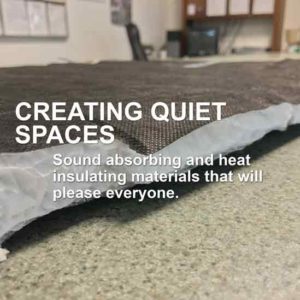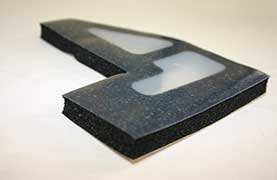- The Need for Insulating Solutions
- Insulating Solutions for Different Industries
- Materials Used for Insulating
- Effective Insulating Solutions
- Top Products for Insulation
The Need for Insulating Solutions
Modern life is becoming an increasingly busy and noisy pursuit. Quite spaces are becoming rare and more effort than ever is being devoted to the engineering of effective sound dampening materials.
Sound absorbing and heat insulating materials are used to reduce airborne and structure- borne noise. Airborne noise is just that: noise that is transmitted by air and atmosphere and includes things like barking dogs, ambient conversation, car horns, and sirens. Structure –borne noise is noise that is created by the impact on, or contact with the structure, such as engine vibration, machinery vibration, road noise, and footsteps. Structure-borne noise is the more challenging of the two problems to solve.
By their nature, sound insulating products are a custom-engineered product. Every situation and application is different, each requiring a different solution. Likely no two structures will be identical. Tight tolerances are called for to reduce the possibility of noise leakage, whatever the source.
Insulating Solutions for Different Industries
Industries typically needing a variety of sound-dampening solutions include:
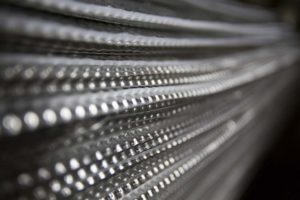
- Automotive
- Marine
- Appliance
- Electronic
- Aerospace
- Architectural
Materials Used For Insulating
Typically the most effective strategy to reducing noise penetration is to take a dampening material-air gap-dampening material approach. Dampening and Insulating materials work by absorbing, blocking, dampening, and isolating sound.
Depending on the application, there are several materials and composites used to achieve sound dampening. These include, but are not limited to:
- Open cell foams (with and without face laminates)
- Closed cell foams
- Non-woven fiber materials
- Plastic composites
- Light metal
Effective Insulating Solutions
To achieve the most effective solution to stifle, extinguish, or absorb sound, materials can be combined, manufactured to fit specific areas. They can also be laminated and made to be self-adhering with pressure sensitive adhesives, all in accordance with customer requirements.
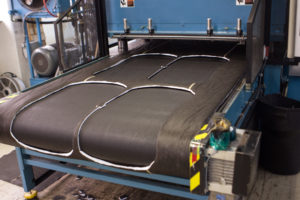
Can-Do National Tape die-cuts many varieties of sound dampening foam. Pictured below is polyethylene foam that has been cut by a water jet. The parts are punched out and “put up” on a roll for easy and convenient access. The parts are used for both waterproofing and sound dampening. They are installed during the appliance manufacturing process
Tell us about your application and let Can-Do National Tape help you find a solution to your sound dampening needs.
We Convert Ideas Into Reality.
Top Products for Insulation
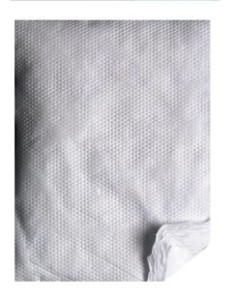
3M AU2020 Thinsulate(Scrim)
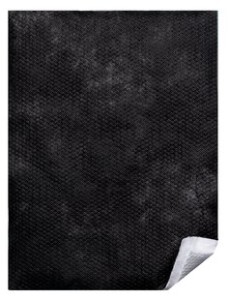
3M AU3002 Thinsulate

